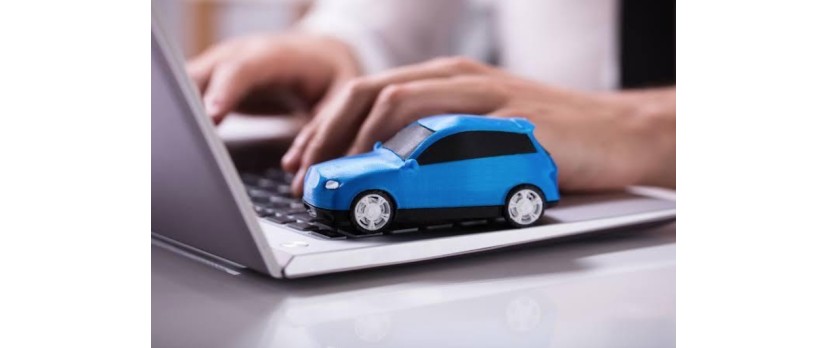The automotive e-commerce industry is booming as consumers increasingly rely on online platforms to find everything from replacement parts to entire vehicles. To stand out in this competitive market, you need a strategic approach to marketing that combines strong brand positioning, customer-centric content, and effective digital campaigns. Below are key tactics to help boost your automotive e-commerce sales and strengthen your brand presence.
1. Know Your Audience and Competitors
Begin by identifying who you’re targeting and what sets your offerings apart. Are you catering to gearheads seeking performance upgrades, or daily drivers wanting reliable replacements? Conducting competitor analysis also helps you spot gaps in the market and unique selling points that can set your store apart, such as specialized parts or exceptional customer support.
2. Optimize for Automotive SEO
Search engine optimization ensures customers find your products the moment they look for them online. Focus on automotive-specific keywords like “best [car model] brake pads” or “affordable replacement parts for [car make].” Comprehensive product descriptions, clear compatibility details, and high-quality images all contribute to better rankings. Also, ensure site speed is top-notch by optimizing images and implementing caching or content delivery networks. You can also use this AI plagiarism remover to make sure that your content is AI free.
3. Focus on High-Value Content
Educational Guides: Show expertise by publishing articles on maintenance, part selection, or installation steps.
Video Demonstrations: Short, informative videos showcasing how your products solve common issues can convert casual browsers into confident buyers.
User-Generated Content: Encourage existing customers to share installation stories or transformation photos. This not only builds brand loyalty but also provides credible proof of product quality.
4. Build Customer Trust
Automotive purchases can be substantial investments, so buyers want reassurance. Make your return and warranty policies crystal clear, and showcase customer reviews on product pages. Offering a VIN-check link for used or certified pre-owned vehicles can also alleviate buyer concerns. One option is Epicvin.com VIN history lookup, which provides reports detailing a car’s history and helps establish transparency.
5. Invest in Targeted Advertising
Google Ads: Bidding on specific automotive keywords can bring in ready-to-buy customers.
Social Media Campaigns: Run ads on platforms like Facebook or Instagram, where you can target users based on vehicle ownership or interest in automotive content.
Retargeting Efforts: Use pixels or tracking tools to show ads to past visitors, reminding them of items they viewed but didn’t purchase.
6. Strengthen Email Marketing
Email remains a powerful channel for both acquiring new customers and retaining existing ones. Offer valuable incentives—such as discounts or exclusive content—to encourage sign-ups. Then, segment your list by vehicle type or past purchase behavior to ensure recipients receive content aligned with their interests. Automated email campaigns, including abandoned cart reminders, can convert hesitant shoppers into paying customers.
7. Encourage Engaging Social Media Presence
Select the platforms that make sense for your brand—Instagram and TikTok work well for visually captivating product showcases, while Facebook Groups can host in-depth discussions among car enthusiasts. Interact with followers by asking for feedback, posing questions about their favorite mods, or conducting polls. Live Q&A sessions, contests, and behind-the-scenes glimpses can also strengthen community bonds and humanize your brand
8. Offer Exceptional Customer Service
A satisfied customer is more likely to return and recommend your store. Streamline communication by providing multiple support channels—live chat, email, and phone. Train your support team to address technical questions knowledgeably, and respond to inquiries promptly. Following up post-purchase with “How was your experience?” emails can help gather feedback and encourage positive reviews.
9. Continuously Refine Through Data
Marketing is never “set and forget.” Track website analytics to understand user behavior, from most-viewed products to common exit pages. Monitor ad performance, open rates for email campaigns, and conversion rates to see where adjustments might be needed. By regularly testing landing pages, headlines, and ad variations, you can refine strategies and achieve a higher return on investment.
Conclusion
Accelerating sales in the automotive e-commerce space is about more than just listing products online. You must understand your audience, leverage smart SEO and advertising tactics, create high-quality content, and build trust at every stage of the buyer’s journey. By staying adaptive—monitoring data, engaging your audience on social platforms, and offering superior service—you set the groundwork for sustainable, long-term growth. Armed with these strategies, your automotive e-commerce store can continue to thrive in a competitive and ever-evolving market.


Login and write down your comment.
Login my OpenCart Account